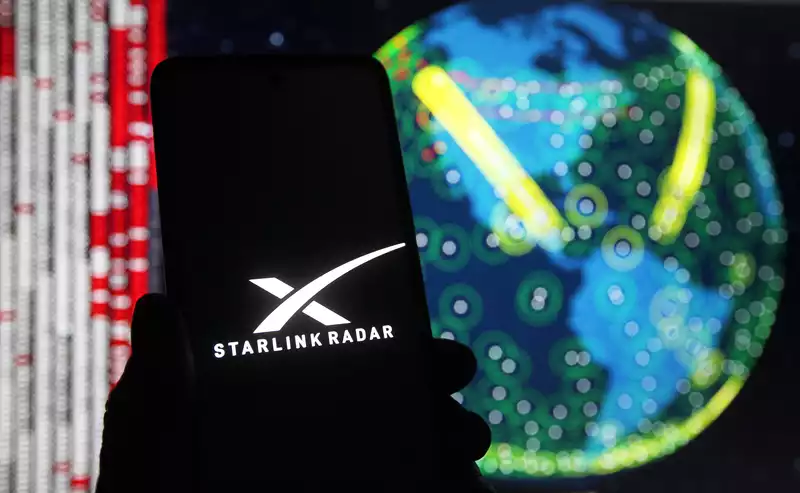Elon Musk's satellite Internet company, Starlink, has reached a major milestone. As of yesterday (May 4), the company had collected $500,999 in pre-orders. Along with the cost of the pre-order, customers must purchase a $500 kit. [After this positive news from Starlink, Ookla Speedtest released a report on how satellite Internet network coverage and speeds are doing across the US.
"To date, over half a million people have placed orders or put down deposits for Starlink," said SpaceX operations engineer Siva Bharadvaj during yesterday's launch webcast, as reported by CNBC.
In a Twitter exchange with CNBC reporter Michael Sheets, Musk confirmed that service to 500,000 users would not be a problem. Greater challenges will arise when the service crosses the millions mark.
The Starlink service itself is still in beta, and the service continues to improve as SpaceX launches more satellites into low Earth orbit (LEO). Some users have reported significant speed improvements, while others have not seen similar gains.
Testing company Ookla has found that users of its Speedtest website have varied results by geography. Median download speeds ranged from 40.36 Mbps (Columbia County, Oregon) to 93.09 Mbps (Shasta County, California).
In general, areas north of Seattle had strong download speeds in excess of 90 Mbps. On the other hand, some areas are somewhat slower, in the 50 Mbps range. Interestingly, areas in California show strong connections, as indicated by the green color in the map below.
Not all counties have seen significant performance gains. Tehama County, California, saw speeds 545.6% faster than broadband providers, while users in Clay County, Missouri, experienced 67.9% slower speeds. [A major challenge with satellite Internet is latency. Because the signal must travel wirelessly from space, pings are often higher than with cable or fiber networks. Starlink is trying to solve this problem by orbiting as low as the FCC will allow. In fact, the company will likely get FCC approval to lower its existing satellites to 550 kilometers below the surface.
Nevertheless, many users have posted speed test results with pings as low as 32 ms, which according to Ookla is not the entire case.
Starlink latency is 486% higher in the US and 369% higher in Canada. In Mariposa Country, California, latency was 17.4% lower than other providers, with a median between 31 ms and 88 ms.
While these numbers fall short of the 8 ms latency seen with fiber and cable connections, a 31 ms ping is not terrible. Furthermore, even wired Internet can record high pings, as Daviess Country in Kentucky averages 47 ms.
In Canada, Starlink's latency is high when compared to competitors. In British Columbia, the ping is 34 ms, and in Saskatchewan it is much higher at 61 ms.
All of this means that Starlink still has some way to go before it can provide true global satellite Internet coverage at reliable speeds. This mega-constellation currently has 1,500 satellites orbiting above the Earth, but it is still a long way from reaching its original goal of 12,000 satellites. Nevertheless, Starlink plans to put as many as 42,000 satellites into orbit over the next few decades. For those living in rural communities, however, Starlink continues to offer the best hope for 4K Netflix streaming.










Comments